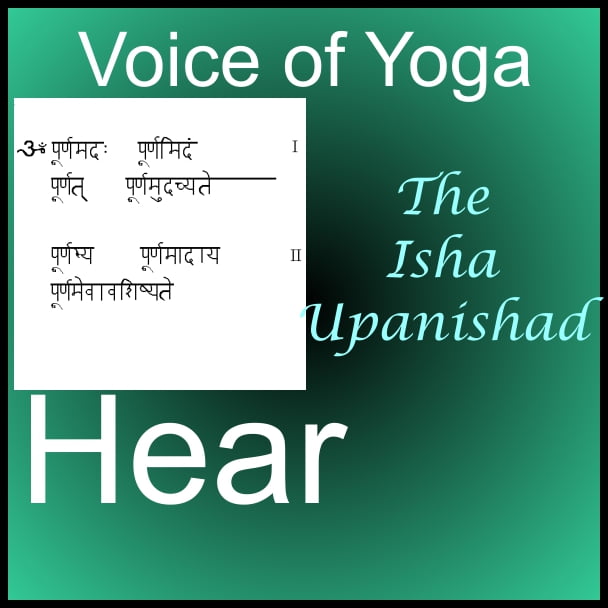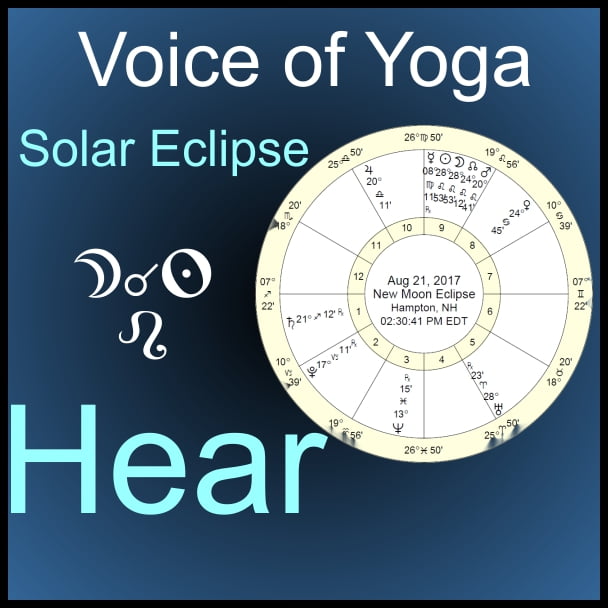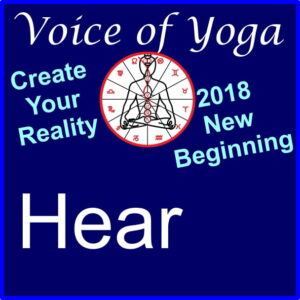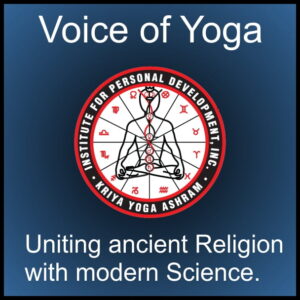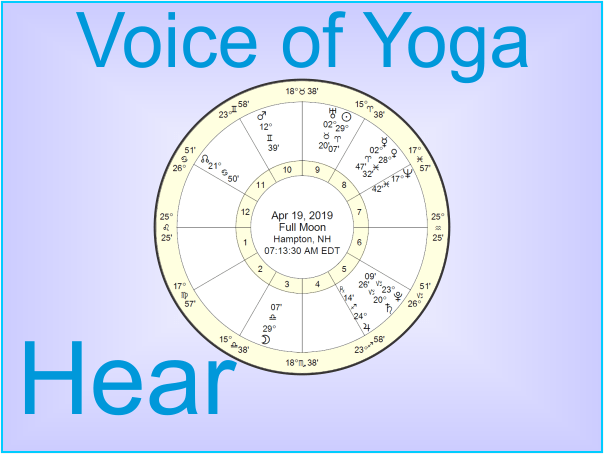Isha Upanishad
Title: The Isha Upanishad and Kriya Yoga
The Upanishads come out of the Knowing Books of the Vedas.
The Isha Upanishad and Kriya Yoga
Isha Upanishad: The Upanishads are the knowing books of the Vedas; which come out of the Hindu scriptures. The word Upanishad means secret teaching and the Isha Upanishad is one of the thirteen accepted works as a revealed scripture of the highest authority.

Hostess Lisa Winton and Swami Jayananda will talk about the Isha Upanishad ; based on Kriya Yoga applications. “Life in the world and life in the spirit are not incompatible. Work or action, is not contrary to knowledge of God, but indeed, if performed without attachment, is a means to it. On the other hand, renunciation is renunciation of the ego, of selfishness– not of life. The end, both of work and of renunciation, is to know the Self within and Brahman without, and to realize their identity. The Self is Brahman, and Brahman is all.”
Listen and learn how to understand this ancient scripture as instruction to becoming a whole person– Apotheosis. Join the Kriya Yoga Spiritual Advance get the Light in your soul and initiate your process.
1. What is Mantra? Mantra is an exercise in concentration combined with a skillful use of sound. We use sound instinctually when we moan; which is typically when we are in pain or pleasure. What the body is doing is trying to bring itself back to balance. Concentration is the ability to block out unrelated matter to focus on the task at hand. Mantra is a skillful use of sound so we can resonate to a higher frequency with the power of sacred words. Daily clamor is unbridled sound. Prayer, song, intelligent speech, and Mantra are the organization of sound. Repetition of organized sound leads to the absorption of that vibration. Absorption of Mantra creates total involvement in the evolution of consciousness without doubt or conflict that leads to the unification of consciousness. Silence is the unification of sound and the gateway to the essence of life— the bible says,“ be still and know that I am God”. First, we must divide and conquer before we can unite and stand. Where human endeavor ends is where divine intervention begins. Where the personal ends God begins. The effortful work of concentration yields the effortless flow state of meditation.
2. What are the benefits of Chanting? In this model we get the benefit of group dynamic because thoughts are measured in phase and amplitude and thoughts that are in phase exponentially increase the amplitude. In this exercise we can go further and faster than we ever could on our own. It resembles the pace line in bicycling—everyone is on their own bike contributing to the group. In this session we are moving thru the roadways of consciousness. Another way of saying this is– The small and the simple explain the large and the complex. The working of the atom is identical to the workings of the solar system. No one is a separate entity, totally self-sufficient. We are all dependent on the universe for our existence. At the same time we all have a unique talent and gift to give back to the universe– seeing this allows us to be individual and divine at the same time.
3. What is the Isha Upanishad? The Upanishads are the knowing books of the Vedas; which come out of the Hindu scriptures. The word Upanishad means secret teaching and the Isha Upanishad is one of the thirteen accepted works as a revealed scripture of the highest authority. We are reading a translation by Swami Prabhavananda.
4. Two translations of the chant: A: Aum:That is perfect: this is perfect. Out of that perfection emanates this perfection. In the ocean of perfection surge the waves of perfection; Yet perfection is never lost. B: Filled with Brahman are the things we see, Filled with Brahman are the things we see not, From out of Brahman floweth all that is: From Brahman all– yet he is still the same.


